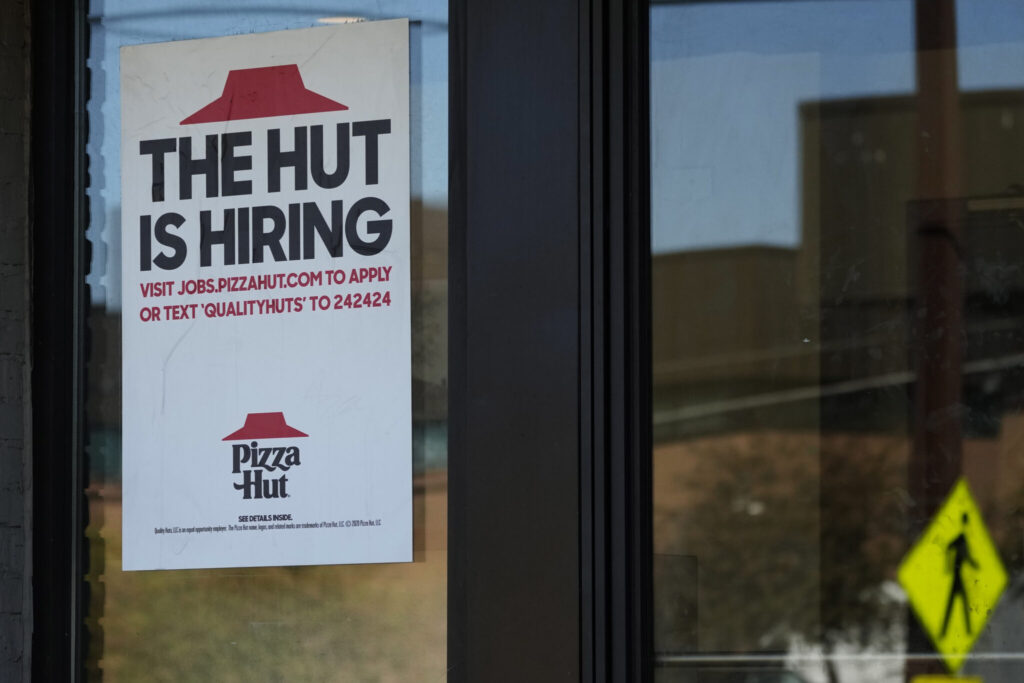US jobless claims/ unemployment benefits/ Fed rate cuts/ September jobs report/ US labor market trends/ WASHINGTON/ J. Mansour/ Morning Edition/ Jobless claims in the U.S. surged to 258,000 last week, the highest level in over a year, sparking concerns over a cooling labor market. The increase may be partly due to recent hurricanes, but analysts see high interest rates impacting hiring. Despite recent signs of slowdown, September job gains exceeded expectations, adding complexity to the economic outlook.
US Jobless Claims Reach Highest Level in Over a Year – Quick Looks
- New Jobless Claims: 258,000 Americans filed last week, up by 33,000.
- Potential Drivers: High interest rates, recent hurricanes contribute to the increase.
- Economic Impact: Fed responds with rate cuts to stabilize the job market.
- September Job Gains: Employers added a surprising 254,000 jobs, easing concerns.
US Jobless Claims Surge to Highest Level in Over a Year
Deep Look
The U.S. labor market showed signs of strain last week as unemployment claims jumped to 258,000, marking the highest level in over a year. According to the Labor Department’s report on Thursday, the number of Americans filing for jobless benefits increased by 33,000, exceeding analyst forecasts of 229,000. This jump in claims is the largest since early August 2023 and indicates potential softening in the labor market.
Analysts attribute part of this increase to recent hurricanes affecting several states, though some see broader economic factors at play. Weekly jobless claims are a primary indicator of layoffs, but their volatility can sometimes obscure underlying trends. The four-week moving average of claims, which smooths weekly fluctuations, rose by 6,750 to 231,000, reflecting an overall upward trend.
Labor Market Adjustments and Fed’s Interest Rate Moves
High interest rates, which the Federal Reserve has held in place to curb inflation, appear to be cooling the labor market more visibly in recent months. In response to emerging signs of a slowdown, the Fed reduced its benchmark interest rate by a half-point last month, the first rate cut in four years after a prolonged period of increases. The cut reflects a shift in the Fed’s focus from controlling inflation to stabilizing employment, as it pursues a “soft landing” that avoids recession while cooling inflation.
This approach follows an inflation rate that, while easing, still poses challenges. With inflation nearing the Fed’s 2% target, Fed Chair Jerome Powell has signaled that inflation is now largely under control. However, the Fed remains cautious as labor market indicators evolve.
September Jobs Report Shows Unexpected Gains
Despite rising jobless claims, the latest jobs report showed unexpectedly robust growth in September. Employers added 254,000 jobs, far surpassing the 159,000 added in August and outperforming economists’ expectations. The unemployment rate also fell for the second consecutive month, from 4.2% in August to 4.1% in September, providing a more optimistic view of the labor market’s resilience.
However, there are signs of a slowdown in job creation. In August, the Labor Department adjusted previous estimates, revealing that the U.S. economy created 818,000 fewer jobs from April 2023 to March 2024 than initially reported. This revision added to evidence that the labor market may be gradually cooling after an extended period of rapid growth.
Consumer Price Trends and Inflation Easing
The jobless claims increase arrives amid positive inflation news. On Thursday, the government reported inflation at its lowest level since February 2021, an encouraging development as consumer prices stabilize. During the first few months of 2024, weekly jobless claims remained low, averaging just 213,000 per week. However, by midyear, claims began rising steadily, hitting 250,000 in late July. This uptick suggests that high interest rates, while effective in cooling inflation, may also be impacting job growth.
While consumer prices have moderated, other areas, including rising borrowing costs, remain a challenge for households and businesses. Consumer behavior has adjusted in response, with many Americans opting for budget-conscious spending. Major companies, like PepsiCo, have experienced drops in sales volumes as consumers shift to private-label goods to offset higher food costs, a trend that may impact corporate earnings further if inflation persists.
The Fed’s strategy to lower rates gradually reflects its careful balance between fostering job growth and controlling inflation. With a complex array of economic indicators at play, the central bank is likely to continue its measured approach, adjusting interest rates as necessary to achieve stable economic growth without triggering a recession.







